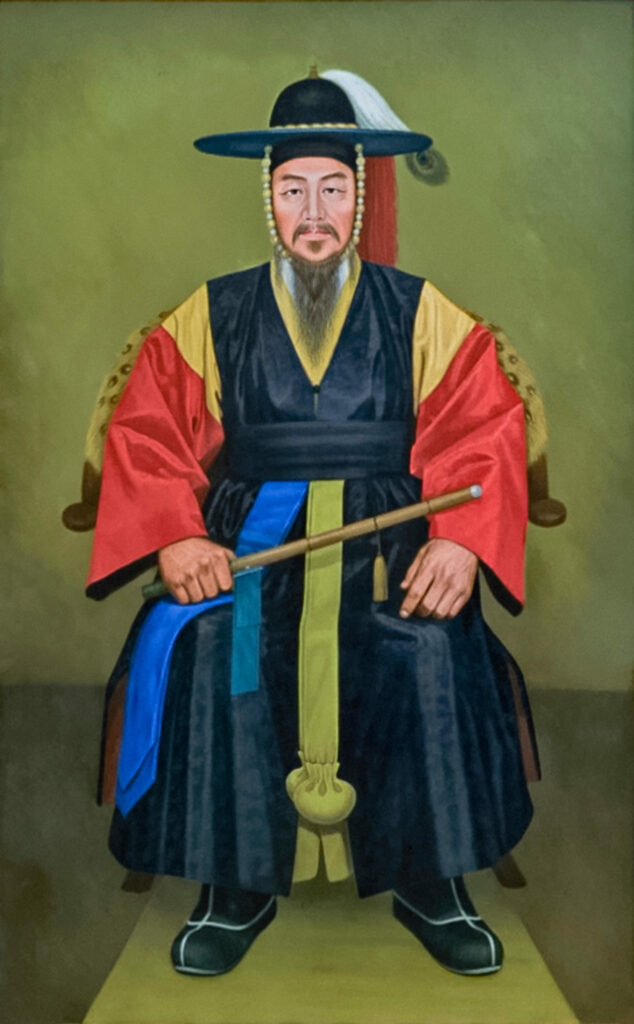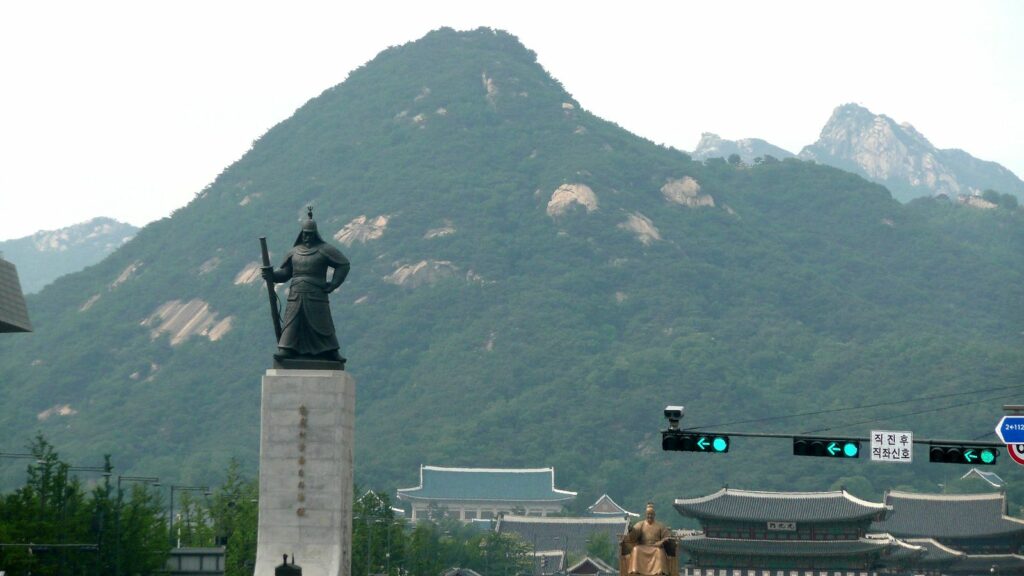One of the most detailed journals of any battle commander in history was written by the Korean admiral Yi Sun-sin.
He stands as one of the largest figures in Korean and Japanese history. He was one of the greatest admirals in history who was undefeated, and repelled Japan’s invasion of Korea in the 16th century.

Early Tenacity
In 1576, Yi completed his military examination and demonstrated his tenacity and dedication to the role. During the cavalry section of his examination, Yi broke his leg. But, rather than giving up, he used a tree branch to splint his leg and complete the examination.
His determination in the face of adversity and willingness to ignore his own injury for the greater mission would be evident in every battle of his life.
An Honorable Man
In 1582, after serving in various posts for a few years, Yi made it clear that he would not be complicit in hiding corrupt practices from his superior officers. This made him enemies within the military.
During this period, many military officers would sabotage their peers for their own gain. Yi was stripped of his rank and sent to the northern border, where it was hoped that he would meet his end.
Instead, Yi was given the opportunity to prove his military prowess. When a Manchurian force attempted to attack his post, he out-strategized the invaders and captured their leader.
Shortly after though, Yi’s father died and he took a customary three years away from the military.
A Humble Soldier
When he returned to military service, he quickly saw more action against Manchurian forces. In one battle in 1586, he was wounded by an arrow but hid his injury from his forces so as to not demoralize them.
But his string of successes once again aggravated his superior officers and he was subject to accusations of desertion. He was arrested and tortured. When he still did not admit to the accusations, he was stripped of his rank and imprisoned.
This did not last long, however, as the king took pity on Yi. He released him on the condition that he would fight as a common soldier. Yi did without complaint.
The king once again stepped in and pardoned him of his accused crimes, allowing Yi to return to being an officer. After another few years of rotating posts due to more professional enemies, Yi was sent to the port at Yeosu.
There, he became the commander of the Cholla Left Naval Station. It would be during this time that Yi began establishing what would be his lasting legacy: Korean naval superiority against Japan.

A Cunning General
In 1592, Japan began an attempt to invade Korea which became known as the Imjin War. Japan had recently been united by Toyotomi Hideyoshi, who then set his sights on conquering all of Asia.
He intended to use Korea as a launching ground for this endeavor. As a vassal state for China, Korea would have suffered dire consequences if they assisted Japan.
So when the king turned down Toyotomi’s offer to assist in his invasion, he knew that Japan would be the first to suffer a Japanese invasion. The nation had already been plagued by Japanese pirates for years. So Yi began preparing for a more large-scale assault.
An Innovative Leader
After studying both Korean and Japanese military strategy, Yi developed a plan for outmaneuvering the Japanese on the sea. The Japanese relied heavily on land warfare. They used samurai and bowmen or gunmen as the root of their military strength.
Their ships were designed to emphasize these strengths. They were ironclad to withstand incoming attacks. They were large because they were essentially transport vessels for a land-based army. And on the sea, they would sail near enemy combatants and bombard them with ranged attacks until samurai could board.
As a result, these ships were large and slow/ Yi designed a new ship to take advantage of this weakness. These were dubbed the “turtle ships.”
These ships were designed with spiked iron plates on the top. This would discourage enemies from boarding. They also had large openings on the sides to station up to forty cannons.
They rode lower in the water than a normal ship. They included the ability to produce a smokescreen to hide the Korean forces when they had no choice but to get close to enemy combatants. Most importantly, the turtle ships were lighter and more agile than the Japanese ships so could easily outmaneuver them.
A Living Legend
As a result of these advantages, Yi went on to command the Korean military to easy victories against the Japanese. He even rescued another admiral named Wŏn Kyun from defeat. Wŏn was displeased with needing rescue though, and set out to once again discredit Yi.
Yi voiced a dissonant opinion about the Chinese negotiating with the Japanese for Korea. He believed that the Japanese could not be trusted. Wŏn exploited the statement to get Yi removed from command once again.
After humiliation at the hands of his political opponent, Yi was once again imprisoned and released to serve as a common soldier. But in 1597 the Japanese renewed their attacks on Korea.
They destroyed Wŏn’s forces easily, who attempted to flee the battle. He was then executed for his desertion. This allowed Yi to return to command of the navy and secure victory over the Japanese by 1598.
By the last battle of the war, the Battle of Noryang, Yi had won 23 naval encounters and lost none. He even defeated a force of over 300 Japanese ships with the only remaining 13 Korean ships.
A Tragic End
Yi’s death tragically came during the Battle of Noryang when he was hit by a stray bullet. He declared to his son and nephew that they needed to finish the battle before announcing his death.
He passed away and the battle raged on until the Koreans won the war. Japan finally retreated. Within the next five years, they dedicated themselves to an entirely isolationist policy.
Without Yi, Japan may have invaded China and changed Asian history forever.
References
Campbell Smith, III, Roy. “Yi-Sun Sin Defeated Japan at Sea.” U.S. Naval Institute, 1944. https://www.usni.org/magazines/proceedings/1944/june/yi-sun-sin-defeated-japan-sea.
Gilbert, Marc Jason. “Admiral Yi Sun–Shin, the Turtle Ships, and Modern Asian History.” Education About Asia: Online Archives, Spring 2007. https://www.asianstudies.org/publications/eaa/archives/admiral-yi-sun-shin-the-turtle-ships-and-modern-asian-history/.
“Yi Sun-shin: Korean admiral.” Brittanica. https://www.britannica.com/biography/Yi-Sun-shin.

